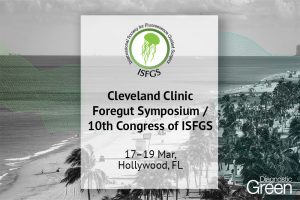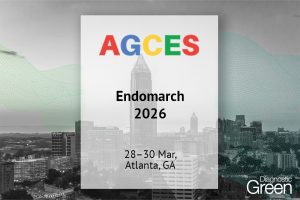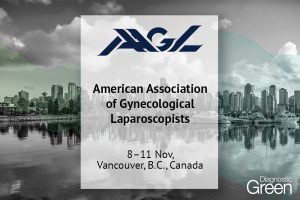Objective: To investigate the safety and application value of combining Laennec extracapsular occlusion with ICG fluorescence imaging in laparoscopic anatomic hepatectomy.
Methods: Complete laparoscopic dissection was performed outside the Laennec sheath, blocking Glisson’s pedicle of the corresponding liver segment or lobe. An appropriate amount of indocyanine green (ICG) dye was intravenously injected, and the boundary line between the pre-cut liver segment and liver lobe was identified using fluorescence laparoscopy. Complete resection of the liver segment or lobe was performed based on anatomical markers. Clinical data, including operation time, intraoperative blood loss, postoperative hospital stay, and postoperative complications, were collected.
Results: A total of 14 cases were included in the study, including seven cases of primary liver cancer, three cases of metastatic liver cancer, three cases of intrahepatic bile duct calculi, and one case of hepatic hemangioma. All 14 patients underwent anatomic hepatectomy under fluorescent laparoscopy, with four cases involving the right liver, seven cases involving the left liver, two cases involving the right anterior lobe, and one case involving the right posterior lobe.
Conclusion: Combining laparoscopic follow-up of the Laennec membrane with Glisson outer sheath block and intraoperative ICG fluorescence imaging provides real-time guidance for locating the resection boundaries during anatomic hepatectomy. This approach helps in controlling intraoperative bleeding, reducing operation time, and ensuring high safety. It holds significant value in clinical application.




